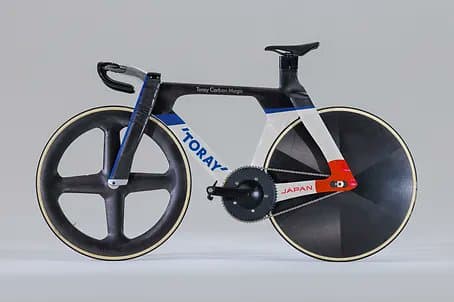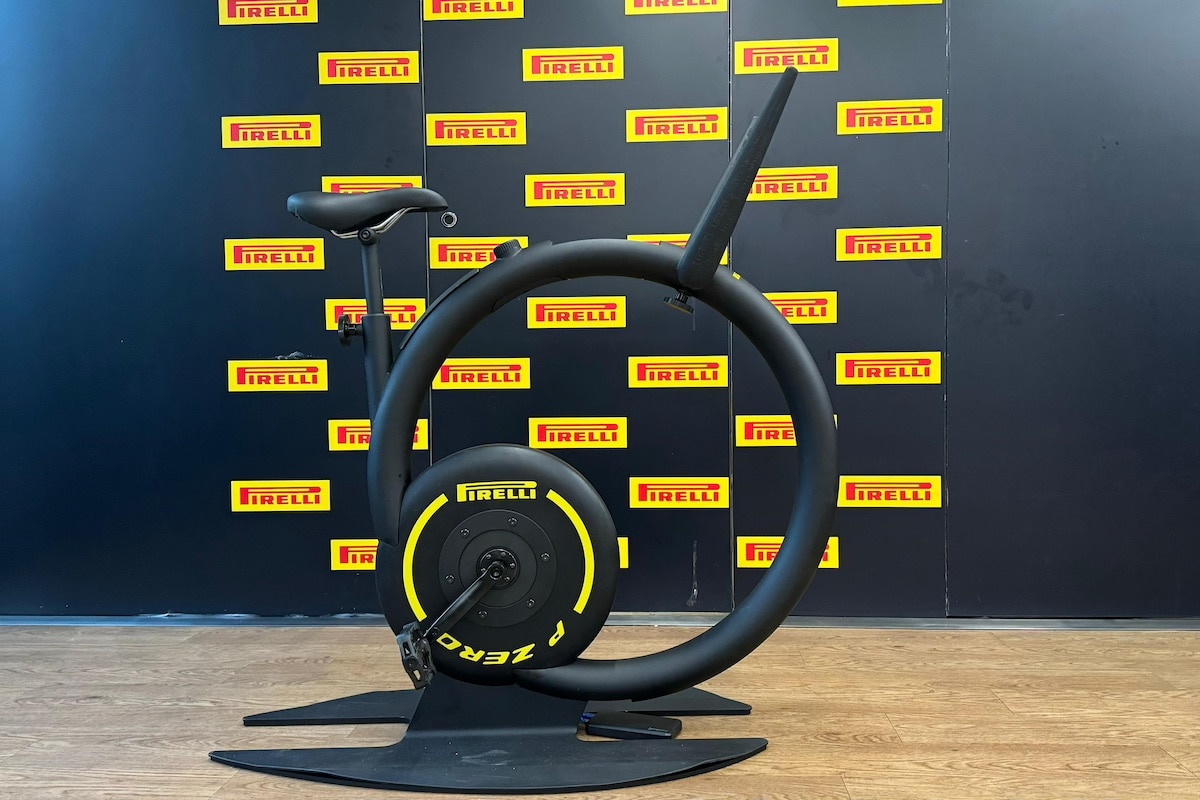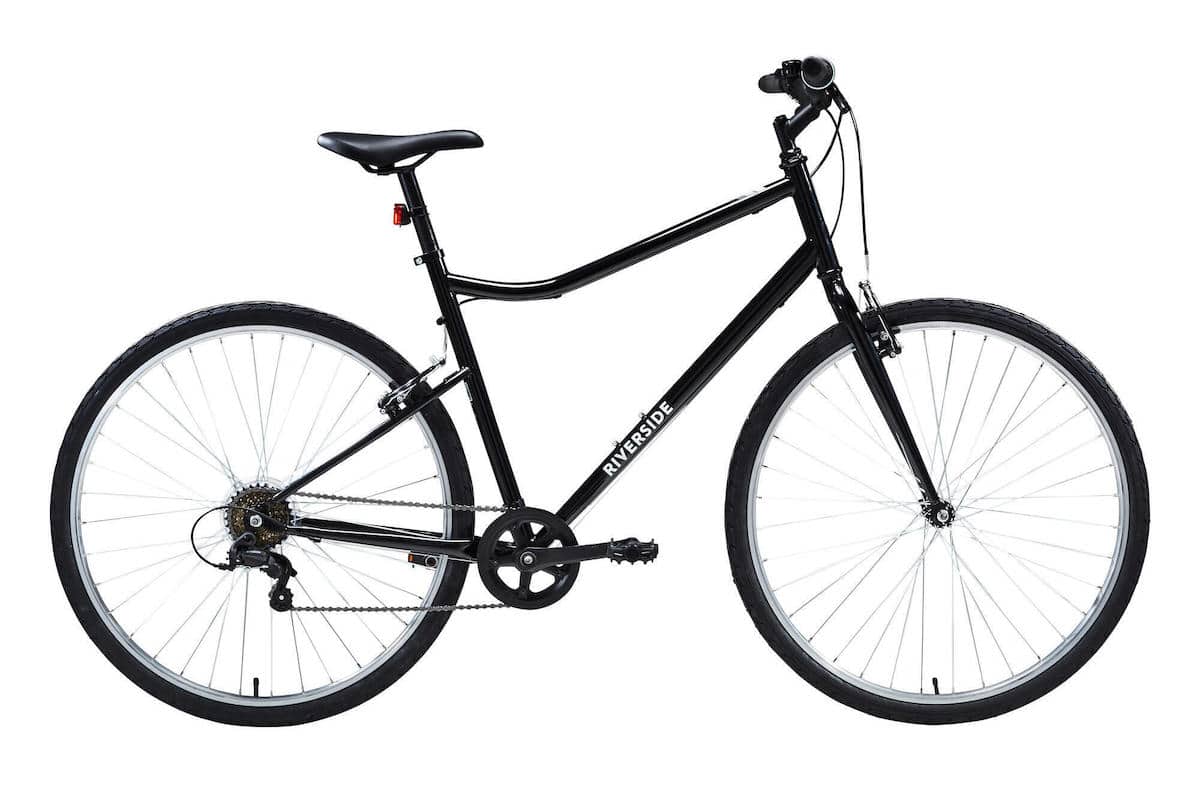All the Secrets of Olympic Track Bikes

The futuristic machines used by athletes during track events at the Olympic Games have nothing in common with our city bikes.
In track cycling, speed is paramount, and for this reason, the bikes used are ultra-technological prototypes designed to enhance athletes’ performance. This highly spectacular discipline takes place within an indoor or outdoor velodrome. Cyclists sprint off at very high speeds, sometimes neck and neck, on a track whose surface and length vary.
Traditionally built from wood, tracks can also be made of concrete or asphalt, especially when the arenas are open-air. They measure between 200 and 333.33 m with two straight sections and high banked turns exceeding 40 degrees. This allows cyclists to reach speeds over 75 km/h using only the strength of their legs in the sprint events, particularly in the daunting 200 m time trial where Olympic records have been shattered. The very fast National Velodrome of Saint-Quentin-en-Yvelines, which will host the events for Paris 2024, plays a significant role in this. With a length of 250 meters and a width of 8 meters, it uniquely maintains this width in the banked turns at 44°. A very fast track made of Siberian pine, but also machines that continually improve.
Superhero Bikes
A special bike is required to ride on such a track. To maximize lightness, carbon is ubiquitous in the frame, handlebars, stems, and even the wheels, which feature lenticular discs aimed at optimizing air penetration. Everything is studied in a wind tunnel with the same precision as a Formula 1 car. The regulations only specify that the bikes must be available for sale, but not necessarily purchased… These are therefore genuine high-precision machines whose value can exceed 100,000 Euros. Precisely 130,000 euros for the V-Izu TCM-2 from Toray, the star of this edition.
In the absence of elevation changes, except for the turns that act as true walls and serve to launch the cyclists, there are no brakes or gears on these machines. The bikes are “fixies” with a fixed gear that require track cyclists to pedal continuously and slow down using only the strength of their legs. Finally, their weight is regulated to just 6.8 kilos!
Track cycling is a historic Olympic discipline present since the first modern Olympic Games in 1896. The discipline has not missed a single Olympics, except for the 1912 edition. Women only joined their male counterparts on the Olympic velodromes in 1988.
ALSO READ: If you are not qualified for the Olympics, where to skate in Paris?
This page is translated from the original post "Tous les secrets des vélos de piste olympiques" in French.
We also suggestthese articles:
Also read







